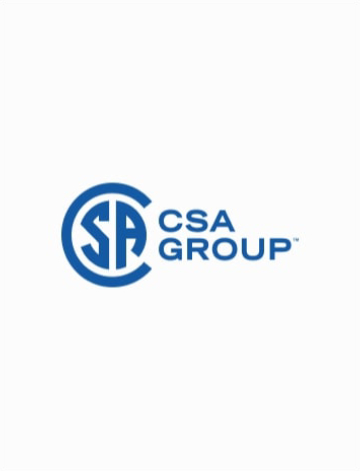Scope
1.1 General
This Standard specifies requirements for
(a) mortar for use in bedding, jointing, and bonding of masonry units; and
(b) grout for use in filling core, cell, or cavity space in unit masonry construction.
Notes:
(1) The term unit masonry refers to masonry construction using clay (shale), calcium silicate (sand-lime), or concrete masonry units, with individual units not more than 200 mm high and 400 mm long, and not less than 75 mm thick. For other masonry units, the proportions of ingredients and any additives to be used in the mortar for masonry construction should be based on laboratory or field experience with the mortar ingredients and the particular masonry units to be used.
(2) It is not the intent of this Standard to imply that all unit masonry constructed with mortar containing only conventional ingredients mixed conventionally will satisfy the design strengths in CSA S304.1 or the minimum bond requirements of Clause 9.1.1 of this Standard. When mortar bond is a concern, and the mortar considered for use satisfies the requirements of this Standard, the manufacturer of the unit should be contacted to provide independent laboratory data or to certify adequate bond with the mortar. Alternatively, when reasonable assurances of performance cannot be so obtained, mortar bond tests may be carried out under expected field conditions, before commencement of work, in accordance with the requirements of the ASTM C 1357 Test Method for Field Prepared Specimens or CSA S304.1.
1.2 Classification
This Standard specifies requirements for two types of mortar, Type N and Type S, as well as for two types of grout, fine and coarse.
Note - Annex A provides guidance on selecting and specifying other types of mortar, which are often used for restoring older, traditional masonry but are not recognized by CSA S304.1 for modern engineered masonry.
1.3 Terminology
In CSA Standards, shall is used to express a requirement, i.e., a provision that the user is obliged to satisfy in order to comply with the standard; should is used to express a recommendation or that which is advised but not required; and may is used to express an option or that which is permissible within the limits of the standard.
Notes accompanying clauses do not include requirements or alternative requirements; the purpose of a note accompanying a clause is to separate from the text explanatory or informative material.
Notes to tables and figures are considered part of the table or figure and may be written as requirements.
Legends to equations and figures are considered requirements.

